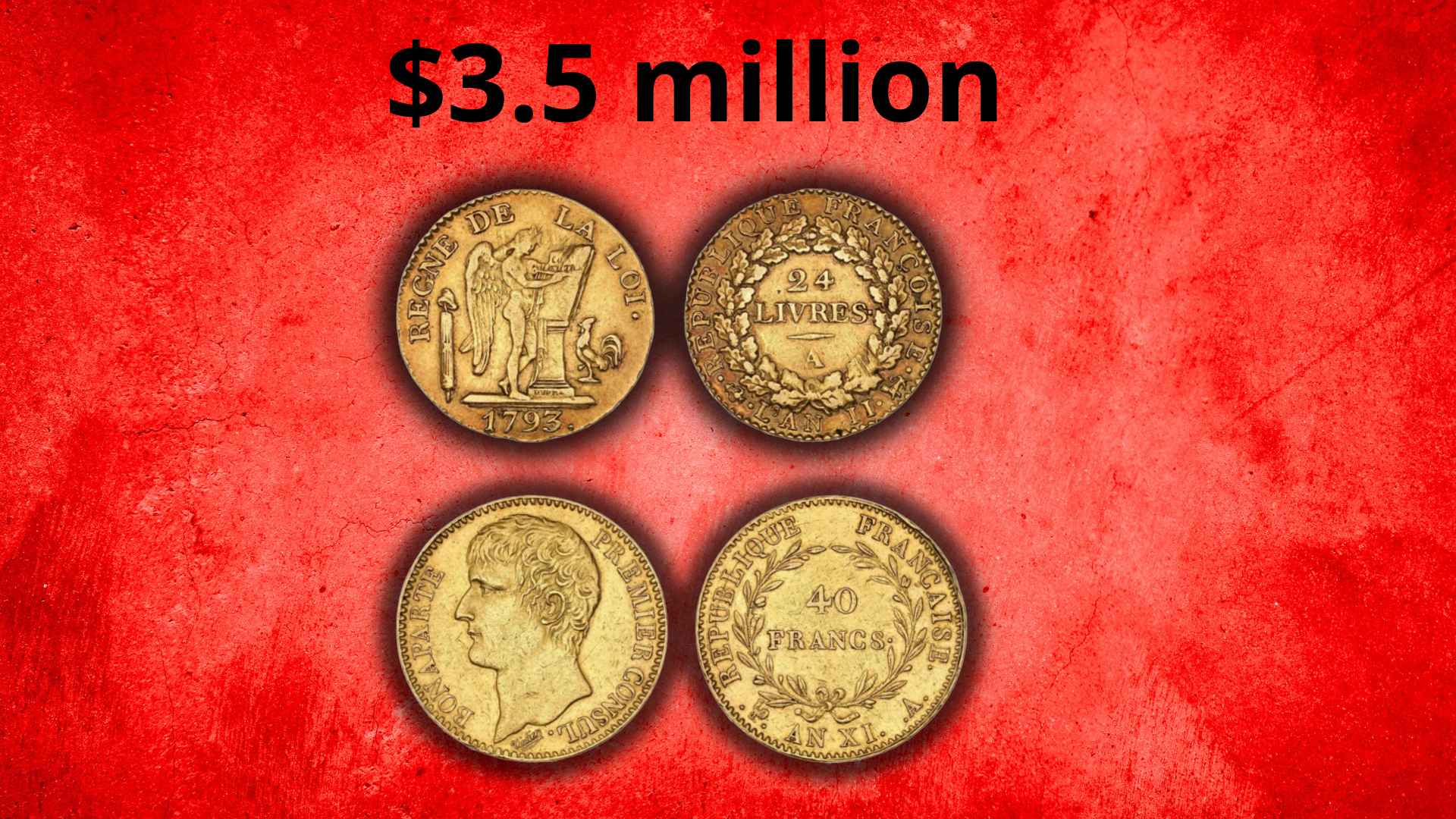An unassuming village collector’s wall stash turns into one of Europe’s most surprising numismatic windfalls.
In a twist worthy of a treasure‑hunt novel, more than 1,000 historic gold coins sealed inside a farmhouse wall in southwestern France have just sold for about €3.48 million ($3.5 million). The windfall caps the quiet life of Paul Narce, a modest retiree whose passion for coins was known to only a handful of friends.
Narce died in 2024 without immediate heirs. Afterward, a notary combing through his vacant home discovered a narrow cavity hidden behind a storeroom painting. Inside: neatly labeled trays of rare pieces—and ten packets of 172 gold 20‑franc coins each, the rough equivalent of ten gold ingots. Not bad for something literally gathering dust, right?
Discreet village collector’s secret hoard spans ancient Greece to Louis XVI and dazzles specialists
According to auctioneer Beaussant Lefèvre & Associates, Narce spent every spare cent building a “truly exceptional” collection. It ranges from Kingdom of Macedonia staters struck for Alexander the Great (336–323 BC) to almost complete runs of French royal coinage under Louis XIV, Louis XV and Louis XVI. No wonder experts gasped when the cache finally reached the Paris saleroom last week.
Many coins appeared in mint or near‑mint condition, boosting hammer prices well above estimates. Coin specialist Thierry Parsy noted that several pieces had been off the market for decades; consequently, collectors were ready to pounce. After spirited bidding, the total soared past the €2 million guide in less than three hours.
| Item | Detail |
|---|---|
| Total coins sold | 1,000 + |
| Final price | €3.48 million |
| Pre‑auction estimate | €2 million |
| Rarest era represented | 336–323 BC (Macedonian Kingdom) |
| Auction house | Beaussant Lefèvre & Associates, Paris |
First‑time buyer or seasoned numismatist, would you have guessed a tucked‑away French farmhouse could beat blue‑chip art at auction? Nevertheless, that’s exactly what happened.
From forgotten wall cavity to multimillion‑dollar payday: how the trove emerged after a year of silence
Initially, Narce’s possessions seemed ordinary. However, the notary, compelled by French inheritance law to inventory valuables, kept searching. After removing a small landscape painting, he noticed uneven plaster seams. A gentle tap revealed the hollow—proof that persistence (and a bit of curiosity) still pay off.
Now the proceeds will be distributed to distant relatives and, if they cannot be traced, will eventually revert to the French state. However, coin aficionados are already buzzing about where these newly surfaced rarities might next appear—perhaps on museum walls rather than inside them.
In short, Narce’s lifetime of quiet devotion transformed an ordinary farmhouse into a money‑spinner that stunned experts and delighted collectors. Consequently, the story serves as a glittering reminder: history sometimes hides in the most un‑Instagrammable places.

